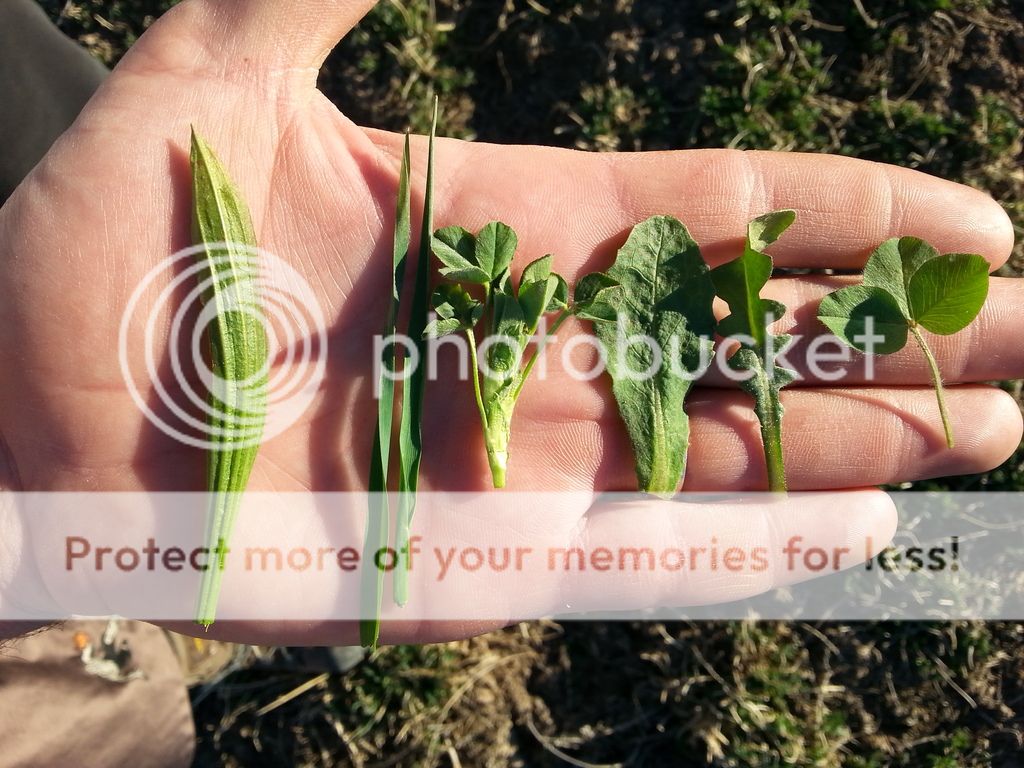




http://www.cloud9farms.com/ - Southern Colorado - Zone 5 (-19*f) - 5300ft elevation - 12in rainfall plus irrigation rights
Dairy cows, "hair" sheep, Kune Kune pigs, chickens, guineas and turkeys
 1
1









Some 20-year-old willows have been pollarded at least six times in their lives, and the farmers say that many cattle and sheep have appreciated them meantime as forage and shade. A mature tree with about five year’s regrowth can feed up to 30 cows for a day. When fed along with hay, one large tree can feed about 60 cows. In a recent study in Hawke’s Bay, regrowth from a willow tree pollarded (complete canopy removal) five years earlier was 29.3 kg dry matter, of which about 30 percent comprised edible foliage (leaf and stem less than 5 mm diameter).
Pruning in late summer, especially in drier regions, enables a farmer to use the trimmings as drought fodder, and its feed value can be similar to that of lucerne hay provided that poplar rust hasn’t developed. Removing side limbs also allows more light into the pasture understorey during summer when the leaf canopy is most dense. Furthermore stock will consume much of the younger bark from the pruned branches.
My project thread
Agriculture collects solar energy two-dimensionally; but silviculture collects it three dimensionally.




http://www.cloud9farms.com/ - Southern Colorado - Zone 5 (-19*f) - 5300ft elevation - 12in rainfall plus irrigation rights
Dairy cows, "hair" sheep, Kune Kune pigs, chickens, guineas and turkeys




"You must be the change you want to see in the world." "First they ignore you, then they laugh at you, then they fight you, then you win." --Mahatma Gandhi
"Preach the Gospel always, and if necessary, use words." --Francis of Assisi.
"Family farms work when the whole family works the farm." -- Adam Klaus





Order copies of my book, Dairy Farming: The Beautiful Way at
www.createspace.com
Help spread the word! Thanks!
struggle - hustle - soul - desire




R Scott wrote:Do you milk the cows? I ask because turnip and radish can flavor the milk in a, ahem, not good way. But if you don't, they make great forage and a late crop can be a stored tuber they will root out after the frost.
My project thread
Agriculture collects solar energy two-dimensionally; but silviculture collects it three dimensionally.




Kelly Smith wrote:
chicory (which variety?)





http://www.cloud9farms.com/ - Southern Colorado - Zone 5 (-19*f) - 5300ft elevation - 12in rainfall plus irrigation rights
Dairy cows, "hair" sheep, Kune Kune pigs, chickens, guineas and turkeys
 2
2






http://www.cloud9farms.com/ - Southern Colorado - Zone 5 (-19*f) - 5300ft elevation - 12in rainfall plus irrigation rights
Dairy cows, "hair" sheep, Kune Kune pigs, chickens, guineas and turkeys
 1
1




Best luck: satisfaction
Greatest curse, greed
 2
2




Best luck: satisfaction
Greatest curse, greed






